In today's rapidly advancing fields of personalized customization, sports science, and foot healthcare, traditional manual measurement methods can no longer meet the dual demands for accuracy and efficiency.
The 3D foot scanner, with its technical advantages of non-contact operation, high precision, and rapid modeling, is becoming an indispensable core tool in industries such as footwear manufacturing, rehabilitation medicine, sports performance analysis, and smart retail.
Among these advantages, the capability of high-precision 3D modeling is a key indicator for evaluating the performance quality of a foot scanning device.
What is High-Precision 3D Modeling?
High-precision 3D modeling refers to the comprehensive data acquisition of the foot's surface using advanced optical or laser scanning technologies, generating a three-dimensional digital model that closely matches the actual foot shape.
This model not only includes basic dimensions such as foot length and width, but also accurately reproduces complex geometric features such as arch shape, instep height, plantar curvature, and toe contours. With measurement errors controlled within ±0.5mm, it provides a reliable data foundation for subsequent custom design, biomechanical analysis, and 3D printing.
Taking the 3D foot scanner launched by Jingyixun Technology as an example, it adopts a safe laser scanning system combined with multi-view fusion algorithms, capable of completing full-surface scanning of a single foot within 10 seconds. The device captures tens of thousands of 3D point cloud data points, which are then automatically stitched, denoised, and completed through intelligent algorithms, ultimately generating a high-fidelity 3D model in STL format.
This model can be directly imported into CAD software for last design, or used in 3D printing to produce personalized insoles, orthotics, and other products.
Core Technical Support for High-Precision Modeling
Achieving high-precision 3D modeling relies on the synergy of three core technologies: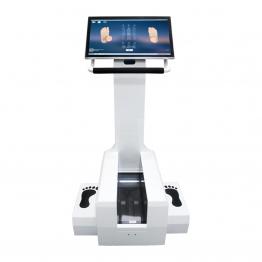
High-Resolution Sensors and Laser Line Structured Light Technology
Jingyixun scanners use a combination of high-precision line lasers and industrial-grade CMOS sensors. The laser beam projects continuous light stripes onto the foot surface, and the sensors capture the deformation information. Spatial coordinates of each point are calculated using triangulation principles. This structured light technology features strong resistance to ambient light interference and high detail reproduction, making it especially suitable for precise capture of complex surfaces such as the arch and ankle.
Intelligent Point Cloud Processing Algorithm
After scanning, the system automatically performs filtering, registration, and meshing on the raw point cloud data. Jingyixun’s self-developed FeetScan® algorithm engine can intelligently recognize foot contours, automatically remove background noise, and reasonably fill in areas prone to data loss—such as between toes and along the plantar edges—ensuring model completeness and surface smoothness.
Multi-Angle Scanning and Automatic Stitching
The device is equipped with multiple built-in scanning modules that simultaneously collect data from different angles, avoiding occlusion blind spots caused by single-view scanning. The system uses feature-matching technology to seamlessly stitch multiple sets of point cloud data, forming a complete, undistorted 3D foot model, truly achieving “what you see is what you get.”
Application Value of High-Precision Modeling
High-precision 3D modeling is not only a technological breakthrough but also brings extensive practical applications:
Personalized Custom Footwear: Based on accurate foot model data, companies can achieve “one person, one last,” significantly improving wearing comfort and fit, and reducing return rates.
Foot Health Assessment and Orthotic Intervention: Doctors or foot health specialists can use the 3D model to analyze conditions such as flat feet, high arches, and hallux valgus, and develop scientific corrective plans.
Athletic Shoe Development and Performance Optimization: Sports brands can use large volumes of foot shape data to optimize last design, enhancing athletic performance and injury prevention.
Virtual Try-On and E-Commerce Integration: Combined with AR technology, consumers can view the compatibility between their foot shape and shoe models on mobile devices, promoting an upgraded smart shopping experience.

 +86-0755-86131192
+86-0755-86131192 2025-09-09
2025-09-09 Back to list
Back to list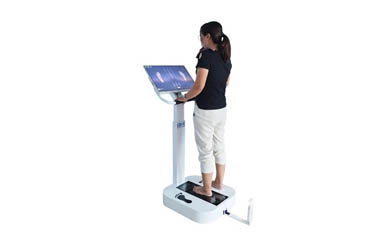
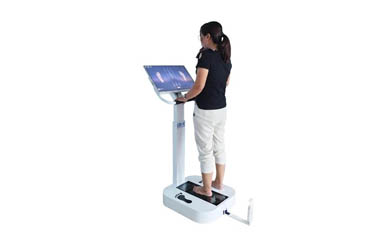
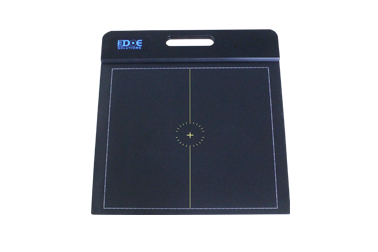
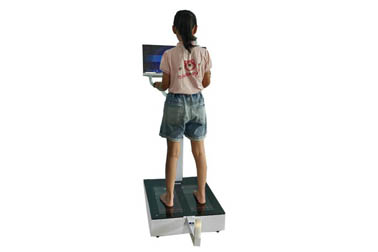
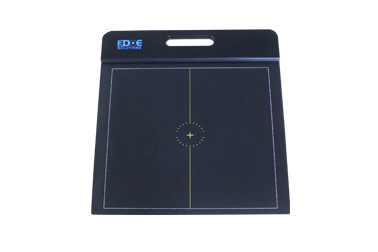
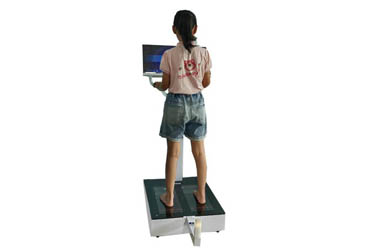



 +86-0755-86131192
+86-0755-86131192